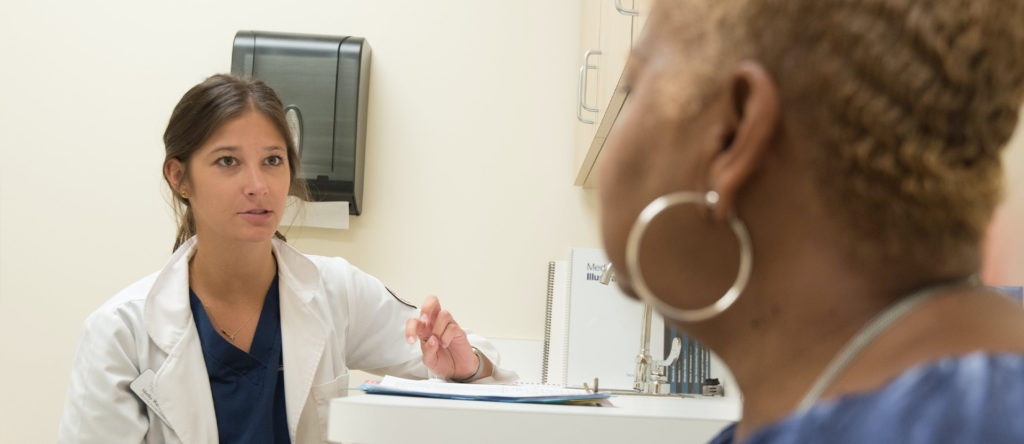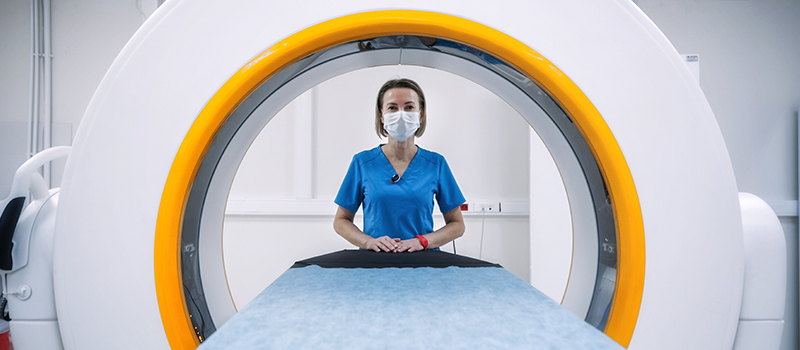Critical Limb Ischemia (CLIT)
Critical Limb Threatening Ischemia manifests by severe foot pain, limited blood flow to lower limbs, and wounds that don’t heal. The team at Washington Vascular Specialists has perfected approaches for diagnosing, treating, and caring for CLIT patients. Call 301-891-2500 or book an appointment.
What is CLTI?
Critical limb ischemia (CLI) refers to a blockage in the blood vessels of the lower limbs, particularly the arteries causing reduced blood flow. The critical condition is a type of peripheral artery disease. The cause in both cases is the narrowing and hardening of the lower extremity blood vessels, leading to plaque –fatty deposits- in the vessels.
CLTI leads to foot sores and severe pain. Untreated Critical Limb Ischemia (CLIT) can cause complications that may necessitate amputation

Symptoms of CLTI
Common CLTI symptoms include pain at rest, dry and shiny skin on the legs, numbness, sores, and frequent infections in the extremities. In some other cases, there could be blackened or thickened toenails and reduced temperature in the lower extremities.
What are the Risk Factors for CLTI?
Several risk factors for Critical Limb Ischemia (CLIT) cause the narrowing of blood vessels in the lower extremities and the build-up of fatty deposits. These factors include:
- Overweight and obesity
- Smoking
- Age
- High blood pressure
- Diabetes
- Lack of exercise
- High cholesterol
- Claudication
- Atherosclerosis
Diagnosis
Doctors may locate or identify the cause of arterial blockages in Critical Limb Ischemia (CLIT) using the following methods:
ABI
The ankle-brachial index test compares systolic blood pressure levels between the lower limbs and upper arms. The blood pressure in the limbs is divided by the blood pressure in the arms. If the result falls below 0.9, the patient likely has PAD – peripheral artery disease.
Auscultation
With auscultation, the healthcare provider listens to the sounds of your limbs, lungs, heart, abdomen, and arteries. They use a stethoscope placed directly on the chest, abdomen, or back. If they hear a whooshing sound in the limbs, this may confirm CLTI.
Doppler ultrasound
This noninvasive test is used to estimate blood flow through the blood vessels. The test uses high-frequency sound waves to estimate the blood flow rate, particularly the circulation of red blood cells. The test can also reveal injuries in the arteries and veins.
CT angiography
CT angiography combines a CT scan with a special dye injection to the affected part of the body. Computerized tomography reveals the extent of damage in the tissues.
Magnetic resonance angiography (MR angiography)
The doctor uses radiofrequency waves to build two or three-dimensional images of your blood vessels. This diagnosis is less invasive and painless compared to normal angiography.

Treatment for critical limb ischemia
CLTI requires urgent treatment to rectify blood flow in the affected limbs. There are several types of treatment for this condition, including:
Endovascular treatments
This is a minimally invasive therapy for CLTI. We will recommend the treatment based on the severity and location of the blockage. Some of the procedures include:
Cutting balloon
A tiny balloon with micro-blades is inserted to dilate the affected part of the limb. The blades cut the plaque and reduce the need to dilate the affected vessels.
Angioplasty
The doctors insert a small balloon into the limbs through the groin. Once it reaches the target area, they inflate the balloon with saline to open the affected artery.
Cold balloon
Inflating the balloon with saline, the doctors use nitrous oxide to freeze the plaque.
Stents
This procedure involves the insertion of metal mesh tubes to provide scaffolding after a balloon angioplasty procedure.
Directional atherectomy
The doctors insert a cutting-edge blade in the arterial walls to remove the plaque. The plaque is captured into the nosecone for removal from the body.
Surgical treatments
If endovascular treatments are ineffective for CLTI, the doctors may recommend open bypass surgery. They redirect the blood flow around the blocked artery with the help of a healthy vessel from another part of your body.
By combining their team of highly skilled and experienced specialists, state-of-the-art technology, and a patient-centered approach, we have created an environment that promotes optimal recovery and long-term success. Contact Washington Vascular Specialists or book an appointment to learn more.



